When we first arrived in Berlin, I was really intimidated by the transport system. All my life I have lived in cities where it was “better” to drive rather than use the public transport system. The Berlin public transport system is so good that we do not feel like we need to buy a car any time soon. Good thing too because we definitely do not have the budget for it. There is still so much for me to learn about the efficient German transport system, but I thought I would share my experiences and what I have learned in our first few months.
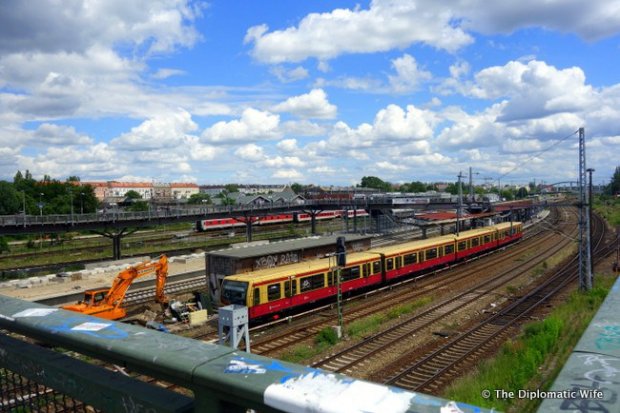
BVG tickets
On our very first day in Berlin, we went to an U-Bahn station and attempted to buy a transport card, which is good for the BVG run public transport:
- U-bahn (underground trains)
- S-Bahn
- Trams
- Buses
We were using our international debit card, but for some reason it was not accepted. We asked a couple of German guys for assistance and were pleasantly surprised by how helpful they were. They mentioned that the ticket machine sometimes do not accept all international cards, so it is better to pay in cash if we are encountering problems. There is an English translation option (among other languages) in the machine, but it can still be tricky to figure out. When in doubt in Germany, ask the person next to you for help. English speakers can lead with “Sprechen Sie English?” (pronounced: shprechen zee) which means “Can you speak English?” in a respectful tone. More often than not, they are super helpful, but do not be offended if they say no or that they cannot help you. They are just being honest. Personally I find it so refreshing and I would rather they refuse me than pretend to help and give me the wrong information. Some helpful hints:
- If you know how long you are staying, get the ticket for the full duration, instead of getting it per day. More ticket info here.
- Berlin is divided into 3 tariff zones A, B and C so figure out where you will be most and do not get the ticket for all areas because it is more expensive. For example TD and I only ever go to A & B so our monthly ticket is AB only. The C Zone is 15km outside the state of Berlin including Potsdam. The few times I had gone to Potsdam, I just get an extension ticket which is only about 1.65 Euros each way.
- If you only plan to go to one place and it is a few stops away, get the short trip fair. If you are going to several places in one day and for longer than 120 minutes (the validity of a regular one way ticket) then you might as well get the day ticket.
- After buying your ticket, make sure to validate before hopping on a train. For trams and buses, you can validate inside after showing your ticket to the driver.
- After 8 pm on weekdays and for all day on weekends, a ticket holder can bring one other person with him or her for free.
- For those bringing bikes, baby prams, children, dogs, etc. read this for more info. The following are some points about the system.
- People bringing bikes need to buy a separate ticket and there are specific carriages where one can take a bike in, but if it is full, people, the disabled and baby prams take precedence.
- One dog per person rides free of charge with a day (or longer) ticket. A small dog that is in a bag or carrying case rides free with any ticket.
- Children (6 years or younger) ride free with a ticket holder. Maximum of 3 children per ticket holder.
- People can travel with luggage and prams.
- For tourists traveling as a group (maximum 5 people), there is a group ticket. For example if you want to visit Potsdam for a day trip, this ticket is so much more economical.
- You can buy tickets using cash or EC (Euro Cheque) cards on ticket machines, ticket counters and on bus and trams.
- For visitors: BVG has a tie up with popular tourist attractions and you can get great package deals and discounts included with 48 hours to 5 days transport cards. See details below.
- Note: If you are a “frequent traveller” you plan to get the monthly ticket, get in touch with the BVG and get the discounted rates for diplomats. If you get it for 6 months, it comes out to about 57 Euros per month which is better than getting it at the regular price of 78 Euros minimum. Ask your embassy administrator about who to contact for this!
If you are in doubt, check the comprehensive BVG website for more information.
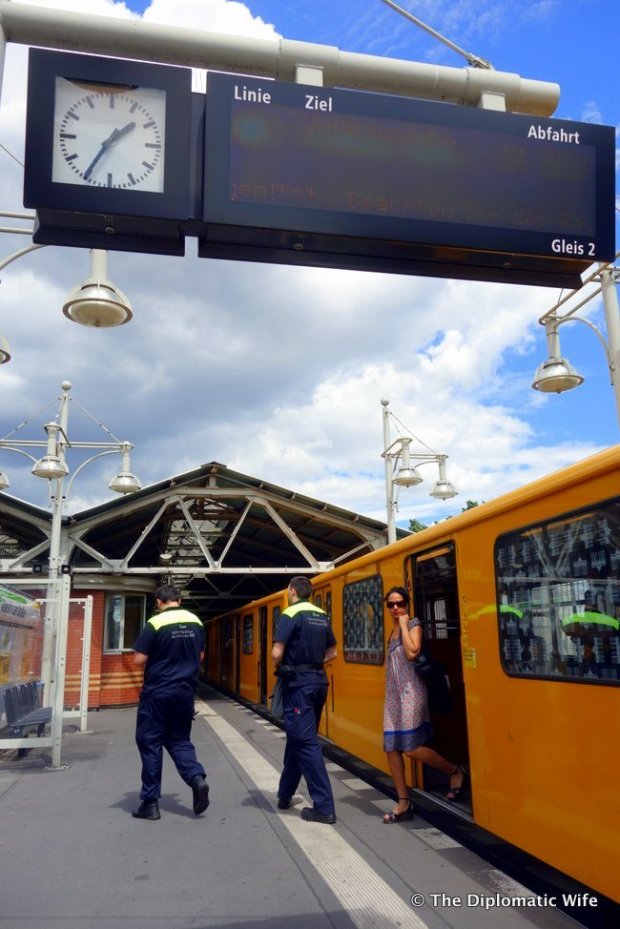
Honesty system
I found it really cool that there are no turnstiles in the different train stations. Unlike in Manila where you need to insert your ticket before you can go into the station, people freely go in and out of the train stations here. I am amazed at the honesty system. People buy their tickets and validate it because of their own sense of right and wrong. That, or their fear of getting caught without a ticket on a train. They do random checks in the train with checkers who are in plain clothes. I find it super funny how they blend in so well with the crowd, then the moment the doors are closed and the train is running, they spring into action and announce that they are about to check everyone’s tickets. If you do not have a ticket you pay your fine on the spot on their nifty debit machines.
In buses or trams, people present their tickets to the bus driver when they enter in the front of the bus. If it is a newly purchased ticket, they validate inside the bus. However I have seen a few people slip in through the back or middle entrance. But on the whole, it is all quite orderly and honest.
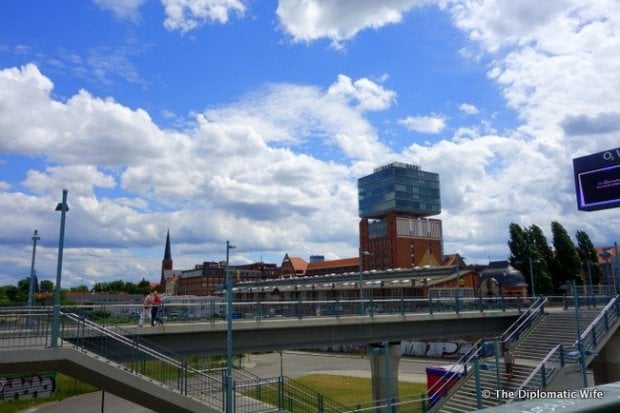
Precision timing
I love how the trains are on time. There are signs in most of the stations as to how many minutes to the next train, tram or bus! Usually it is pretty accurate – especially the trains! Buses are more likely to be late but only for a few minutes. I am still floored when planning to meet up with the Willkommen in Berlin ladies. It goes something like “I am arriving at 9:47 and so and so are arriving at the 9:49 train… shall we meet at 9:51 at the convenience store nearby? It will take about 2 minutes to walk to it.” It is so exact, I love it!
For the newer stations, the signs not only indicate the trains’ arrival, but they also indicate:
- All the next stops of the train (this is super convenient!)
- How many cars the train will have, so people know where to stand on the platform
That is another thing I noticed about the Deutsch, they like to stand at the perfect exit of the train or bus (to the direction they are walking to) or get on the right train car so that they are near the exit they need to take. How cool is that? It’s so very Deutsch, I love it!
When there are disruptions to the operations, this is announced in all the stations repeatedly (in Deutsch) and also in written signs, with the re-routed options clearly visible.
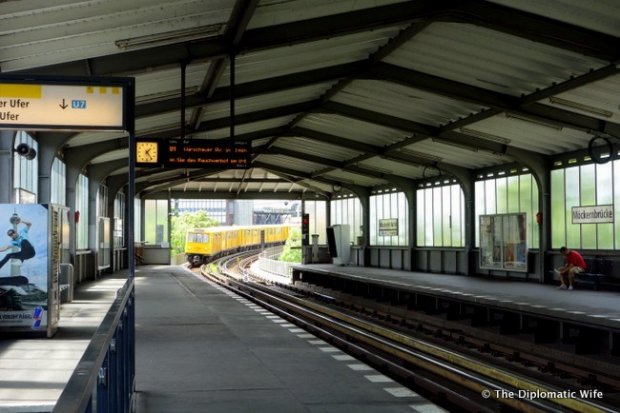
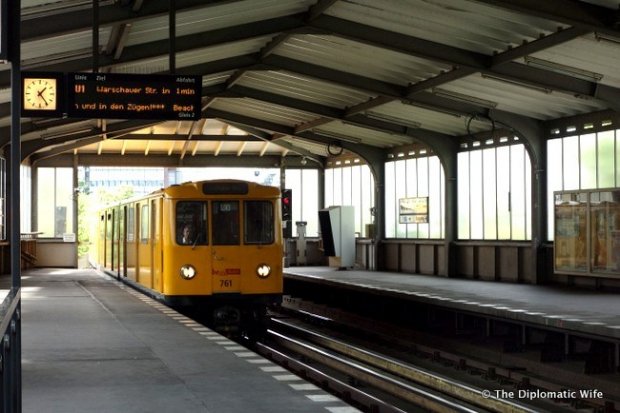
Journey planner
When I was new in Berlin I got nervous getting on the train and I was overwhelmed by the prospect of figuring out the network map that looked like a crazy map to me! At first I would not get on a train unless TD was with me. I was so afraid to get lost. When we discovered the Fahr Info App for iPhone, I gained a newfound confidence. Once I had my phone data plan and my Fahr Info App, I even ventured to unknown neighbourhoods to meet up with visiting friends and even went to Potsdam by myself for a tour.
For those who do not have iPhones or data plans, you can pre-plan your journey via the BVG online journey planner.
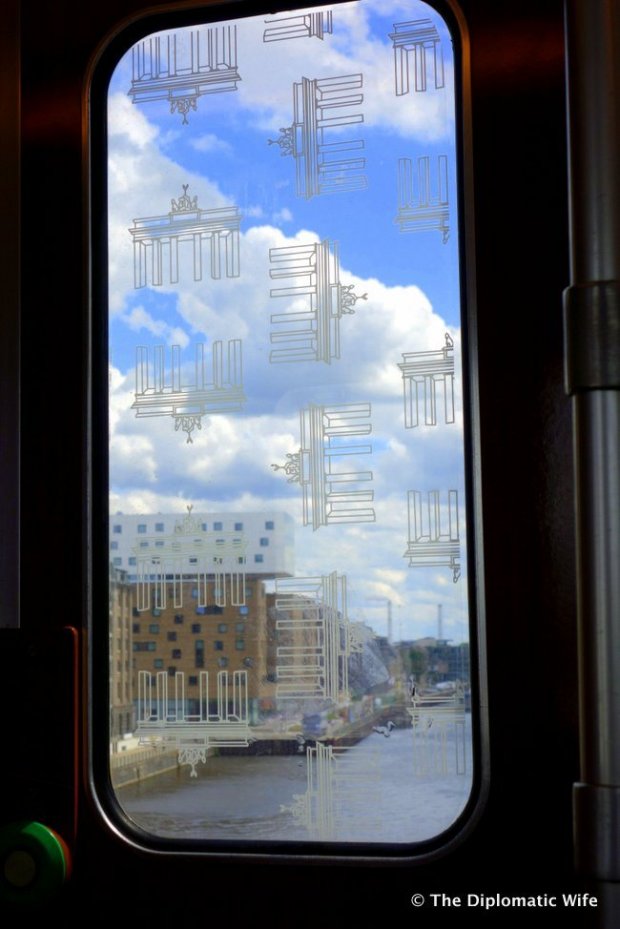
Disabled friendly and safety
I love how disabled friendly Berlin is. From the pedestrian traffic lights which emit a beeping sound to let the blind know that it is time to cross and have buttons for the blind to push before crossing (the button also has different shapes to tell the person what kind of crossing to expect) to the train stations with elevators and prominent SOS buttons like below. People who need information, medical attention or the disabled can easily ask for help. I love how much planning and thought was put into making the city convenient for everyone.
For those in wheelchairs, the train driver places a ramp to help get on and off the train.
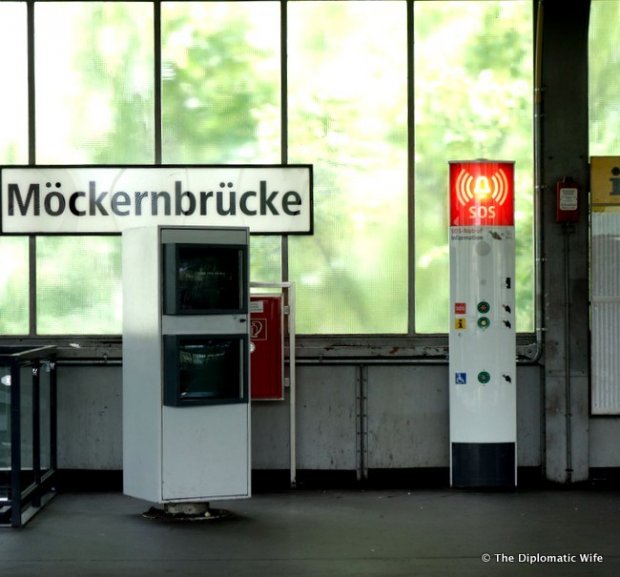
Trains vs buses
Once I got the hang of trains or Bahns it took me a while to get a hang of buses but now I am loving them too. I think it had to do with the season too. During summer it was really hot inside the buses which have no air conditioning. The trains do not have air-conditioning either, but because they are fast, when you open the window there is still some air circulating. Another thing with buses is that they do not come as regularly as trains. The U-Bahn we take usually has a train coming every 3 or 4 minutes. Some buses come by every 10 to 20 minutes so it is a lot more of a hassle when you miss your bus. In addition, buses are slower too and have a higher probability of being late because of traffic.
However I have been taking buses daily the past 2 months because of my Deutschkurs (German class). There are some routes that buses get to which the U-bahns cannot when the distance is too short. The great thing about buses is being able to ask the driver when one is in doubt. On my first forays to unknown places using the bus, I would make sure I planned my journey right and got off the correct stop by checking in with the bus driver. One can also buy the correct ticket by talking to the bus driver – hopefully he speaks English.
We did not ride trams much because trams are usually found in East Berlin.
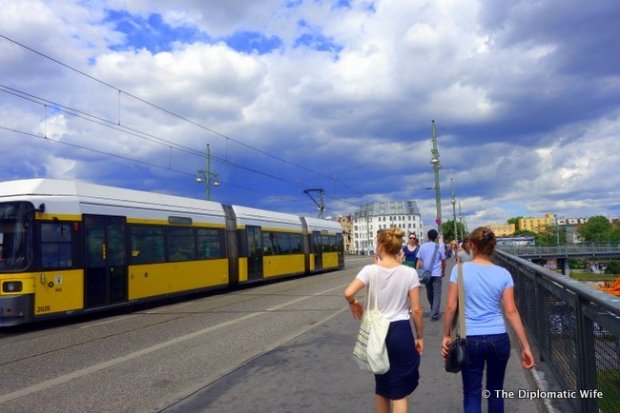
Dog friendly
Another thing I love is how dog friendly the transport system is. Berliners pay taxes for every dog they own. I guess this sort of covers the trashcans they placed for dog doo and also their “free” ride on the train with a day-ticket purchaser. Dogs are so used to riding trains and buses here. It took us a while to get Diplo Dog to get on and off the train confidently. The very first time he was so scared. I can totally understand because he did not go out much in Jakarta so now he is astonished that he can go with us almost everywhere here in Berlin and he gets to go on and off the trains and buses. Bigger dogs who might bite are required to have muzzles on public transport.
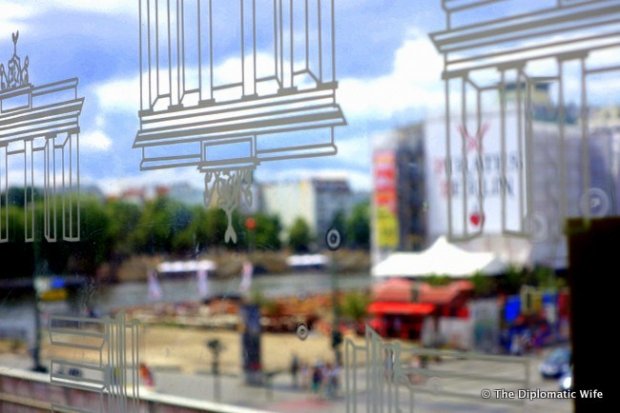
Last few notes
- Though drinking is not really allowed in trains it happens, especially on weekends.
- There will also be drunks falling asleep on the training.
- The homeless and buskers also get on and off the train asking for coins. You can give coins or some even accept food if you have it.
- There are many other rules in public transport and you can see clear signs on board, usually using pictographs so everyone can understand.
- People are very conscious of personal space here and also of noise pollution (if you hear someone yapping loudly on their phone, you can bet they are not local). As an expat, I love it and I like to be respectful of others. It makes public transport a joy to use in Berlin, so master the art of modulating your voice, using earphones and taking up the right amount of space.
- I also love it that not everyone is on their smart phones here. I still see so many people reading books while commuting. So refreshing after tech-crazed Asia.
*Kindly check original sources for the accuracy of information in this post. Information and policies of the BVG can change at any time.
Contributed by The Diplomatic Wife. Click here to read the rest of her Travel Diaries.
Inspired? Explore Berlin with TripZilla Travel Packages to Berlin.




